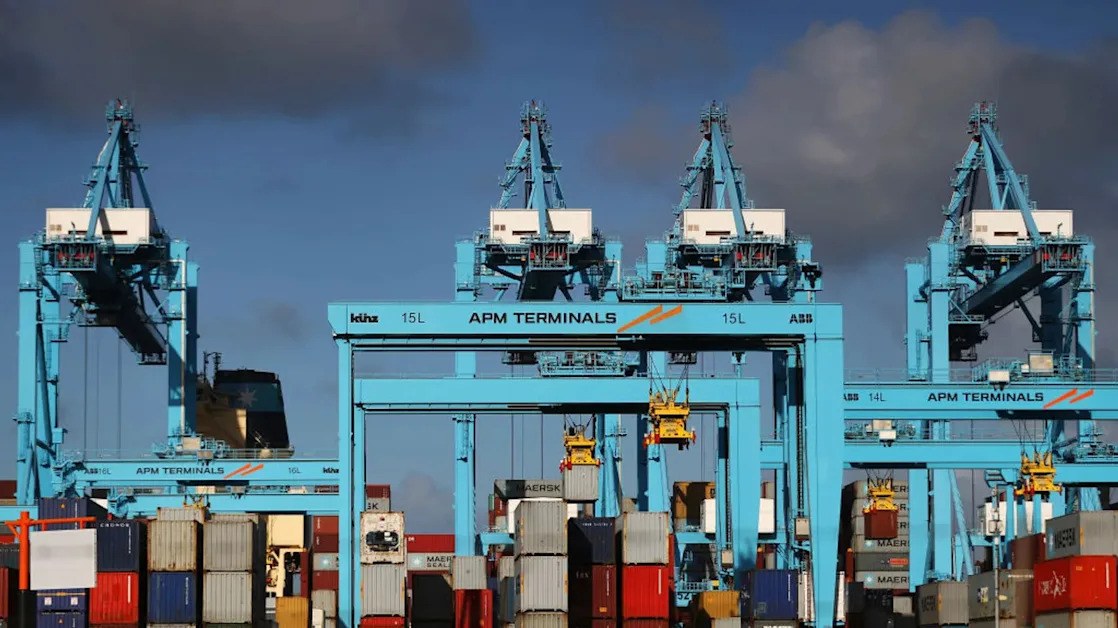(Bloomberg) -- Brazil’s central bank said annual inflation will run above the tolerance range for the next six months, as food prices rise significantly and services costs remain elevated despite aggressive interest rate hikes.
There will be a target breach with June 2025 inflation under the new framework, central bankers wrote in the minutes to their Jan. 28-29 policy meeting, when they stuck with prior guidance and lifted the Selic to 13.25%.
Short-term inflation, a weaker currency and economic resilience “still require” more restrictive rates, they wrote in the minutes published on Tuesday.
Policymakers wrote their guidance for another rate hike of one percentage point in March was still appropriate. “Beyond the next meeting, the total magnitude of the tightening cycle will be determined by the firm commitment of reaching the inflation target,” they added.
Policymakers led by Gabriel Galipolo are trying to bring down annual inflation that in early January stood at 4.5%, the top of the tolerance range. Food is quickly becoming more expensive and service prices are proving resistant to higher borrowing costs. Complicating matters further, domestic demand is getting a boost from low unemployment and persistent government spending.
Short-term inflation is “adverse” on factors including higher meat prices and industrial goods costs that are under pressure from a depreciated real, they wrote.
What Bloomberg Economics Says
The Brazilian central bank’s hawkish meeting minutes signaled policymakers remain wary of the inflation outlook and won’t shy away from further tightening if necessary. Recent changes to the board and a shift in downside inflation risks at the January gathering raised concerns of a more dovish tilt, so this commitment will be in sharp focus — stopping hikes before a material improvement in inflation expectations could dent the BCB’s credibility.
— Adriana Dupita, Brazil and Argentina economist
Back in December, central bankers said a more difficult economic outlook would force them to hike borrowing costs to 14.25% by March. Board members have raised interest rates by 2.75 percentage points since September.
“The minutes were harsher. There’s a change in the writing that justifies a shock from rates,” said Marianna Costa, chief economist at Mirae Asset. “They clearly showed there is inflationary pressure that requires restrictive policy.”
Slowdown Signs
There are “early signs” of an economic slowdown in line with higher borrowing costs, central bankers wrote. Still, board members warned forecast errors have been made in the past, when activity later showed “remarkable resilience.” A “heated” labor market makes it more difficult to asses whether to expect weaker demand or supply once the economy cools off.
“They highlighted the challenging outlook — with domestic activity that’s still hot and dynamic — to try and anchor inflation expectations,” said Mirella Hirakawa, research coordinator at Buysidebrazil.
President Luiz Inacio Lula da Silva continues to boost spending and is promising tax breaks for low-income workers. After his economic team’s latest plan to shore up public coffers was watered down by Congress last year, the leftist leader said there would be no additional austerity plans, if it were up to him.
In that scenario, central bankers highlighted the need for “harmonious” fiscal and monetary policies. They also warned about the impacts of a rise in subsidized credit and “uncertainties” over the country’s debt path, which sparked a sell-off late last year that weakened the real over 20%.
Trade Woes
Global financial conditions are tightening while trade policies remain uncertain, central bankers wrote. Just this week, US President Donald Trump paused a decision to impose 25% tariffs on imports from Mexico and Canada.
Brazil board members see risks of a “stronger-than-expected” slowdown in domestic economic activity, which could ease price pressures “over time.”
“Trade policy and financial conditions prevailing in the U.S., with uncertain impacts on the conduct of monetary policy in that country and on global growth, also introduce risks to domestic inflation, either upside, as previously reported, or downside, as the baseline scenario now incorporated into prices may not materialize,” they wrote.
The bank also reinforced its concern with above-goal estimates of future inflation, saying they are a “factor of discomfort” to all board members.
Analysts have raised their 2025 year-end inflation estimates for 16 straight weeks, to 5.51%. They also bet consumer price increases will remain above the 3% target through 2028.
--With assistance from Raphael Almeida Dos Santos.
(Updates with economist comments in seventh paragraph)





